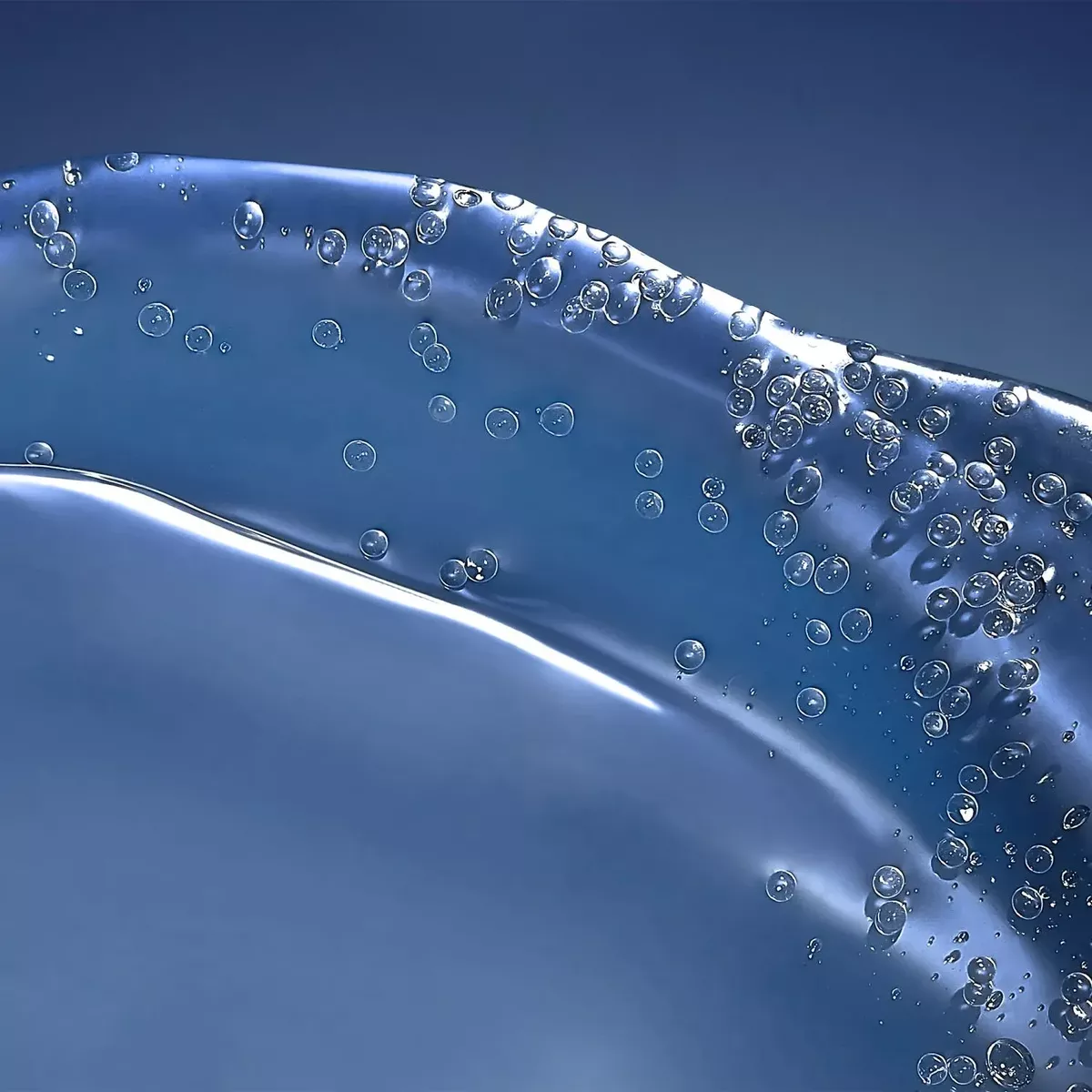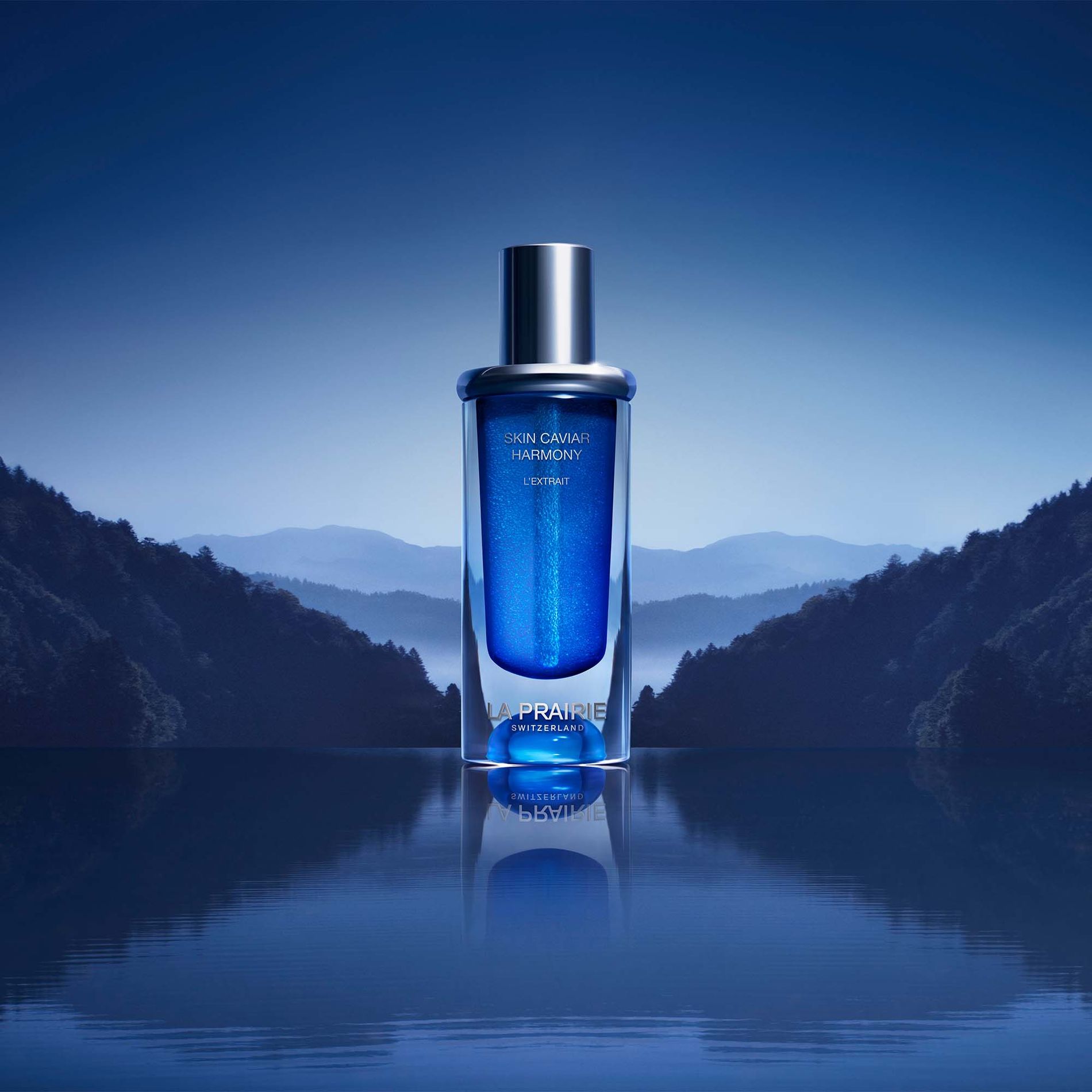In a completely groundbreaking new study, La Prairie unveils that we’ve been looking at our skin the wrong way – and counteracts it with its latest launch of the Skin Caviar Harmony L'Extrait
In partnership with La Prairie.
What if we told you that we’ve completely misunderstood how skin is physiologically built and that we’ve ignored the one thing that could potentially negate ageing? Well, we kinda did. That is until now.
Let’s put it this way, the skin is made of different layers. Most people believe that these layers only lie one on top of each other, like a sandwich. However, thanks to La Prairie's most recent study, it turns out that said layers have additional structures that are what keeps them standing, like the walls of a house keeping the roof stable, or the branches of a tree maintaining the treetop all together. These are called vertical ligaments.
Skin ligaments are unique structural units that form a flexible yet strong network throughout the hypodermis — the bottom layer of your skin, located below the epidermis (top layer) and dermis (middle layer) in your skin. These structures are the ones in charge of the stability of the skin, and the anchoring to its foundation. With age, these ligaments weaken and the entirety of the skin is subject to gravity. This is when facial sagging sets in, firmness and contours are lost and the foundation of deep wrinkles is accelerated.
Why is this so groundbreaking? Because until now, we’ve studied and treated the skin in a horizontal manner. Focusing on general nutrients, hydration and horizontal structure repair and reinforcement. Now, we know that these vertical ligaments play a much more important role in skin harmony, which is why we can target them directly and get better, more immediate results.


Photo: La Prairie
Metaphorically speaking, we see the epidermis as the roof of the house. In this analogy, the vertical ligaments are the walls of the house. Traditionally, we focus on strengthening the roof, adding new tiles, sun-permeating it, etc. This is great, as a stable roof means a protected house. However, what if we only focused or cared for the roof and completely ignored the walls of the house? No matter how strong the roof is, if the walls collapse, the roof will fall. In skincare, when these ligaments collapse, the skin falls, creating sagging and most importantly, deep-set wrinkles.
Now, this process wasn't easy. “The development of that product really started when we first came across the scientific insight,” explains Dr Daniel Stangl, Director of Innovation for La Prairie. "We'd been to a Congress in Orlando back in 2016 and a bunch of scientists presented first evidence of a correlation between these structural elements in the hypothalamus, which they called skin ligaments. This, of course, immediately triggered some kind of activity in our minds, questioning what we’d just learned and if it were to be true, how we were dependent on these strong ligaments and that we should do something about it”.
From there, the team rendezvoused in Switzerland to start studying said ligaments – ligaments that at the time had no way of being studied, as current protocols didn’t cover them in their results. “We had to start from scratch just to establish the study protocols, the test protocols. Then, once we had managed that, we started screening active ingredients, focusing on this in caviar because we already knew that components from caviar have a tendency to strongly work on structural elements in the skin,” says Dr Stangl. “It turned out it did work”.
Now, for all sceptics out there, let’s answer the pertaining question: how do you actually know it works? For this, La Prairie developed and ran a series of studies mixing different studies that allowed them to see the 'before and after' of the serum application. “We first did a qualitative study of pictures of the skin ligaments, which allowed us to see how they’d evolved in time,” explains Dr Stangl. “We also did a quantitative analysis using laser technology through a third party company based in the UK that allowed us to visualise the skin in 3D. Being able to see the whole ligament structure in the skin allowed us to analyse strings, lengths of fibres, density, etc. This, we paired with a basic immunohistochemistry protocol, where we basically dye the ligaments and that allows for a better view of the structure.” And for those wondering how immunohistochemistry works, the simple answer explains that a specific antibody that stains just a particular protein is used to colourise the protein that is being researched, in this case collagen, but the same thing can be done with elastin and others.
Essentially, the ultimate form of science and beauty innovation within skincare.
Now, that being said, what exactly should we expect from this godly serum? Harmony. When it comes to beauty and skincare, La Prairie isn’t looking for man-made beauties or untenable standards, it’s looking for natural harmony. This focus on harmony permeates the whole roll out of the product, even its flask, which is inspired by the Bauhaus art movement – one renowned for seeking harmony and marrying practicality with aesthetic beauty. This essence will help its user strengthen their skin, resculpt facial contours, recapture lost volume and firmness and most importantly, achieve harmony.
